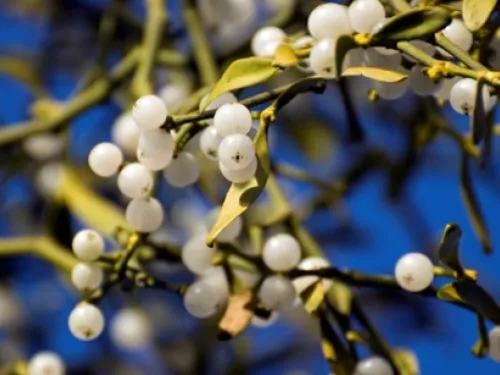Harvest Mouse
I’ll head straight to the smallest mouse and the UK’s smallest rodent. At around 10g, harvest mice are the weight of a 20p piece and so tiny that they are very rarely seen. With a body length of 7cm, chestnut fur, and a long, twisty tail that is used to grip plant stems to help them climb, they are easily distinguished from other mice – if you are lucky enough to see one!
They tend to be associated with cereal crop fields, but are found in a variety of places. They like rough grasslands and reedbeds; or anywhere with plants offering long, tall stems, which are perfect for constructing their nests. Up to the size of a tennis ball, these nests are intricately woven onto plant stalks and lined with finer grasses, or anything else with good insulator properties.
Their nests are a key sign that they are present in an area; it is much easier to spot something the size of a tennis ball than a creature smaller than your thumb! Nest hunts are the best way to learn more about harvest mouse distribution in the UK.
Like other mice, they are attracted to seeds and grains. As a result, they occasionally show up unexpectedly around bird feeders during the winter, when natural seed sources are low. They are much more active in spring and summer, when they breed and build nests – but the chances of spotting one is always low!
More about harvest mice








